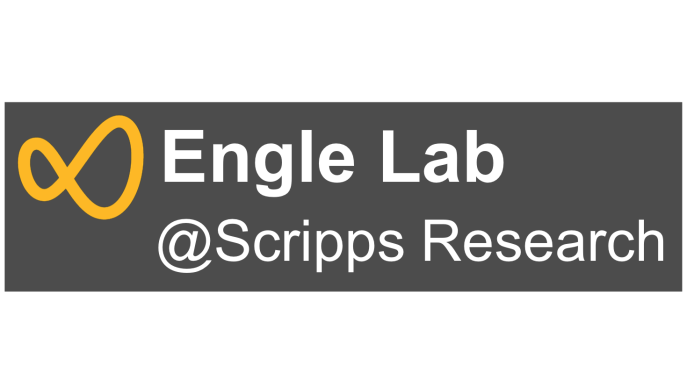Appearing this week in Accounts of Chemical Research, we chronicle our lab’s journey developing air- stable nickel(0) precatalysts through organometallic investigations of electron-deficient diene (EDD) ligands. This long-standing collaboration between our lab and chemists at Bristol Myers Squibb has yielded several commercially available precatalysts that are widely used in industry and academia. Congrats to the authors, Camille, Wen-Ji, and Steve (from BMS), and thanks to all of the coworkers over the years whose contributions are featured in this article.
For a link to the article, click here: https://pubs.acs.org/doi/10.1021/acs.accounts.3c00638































